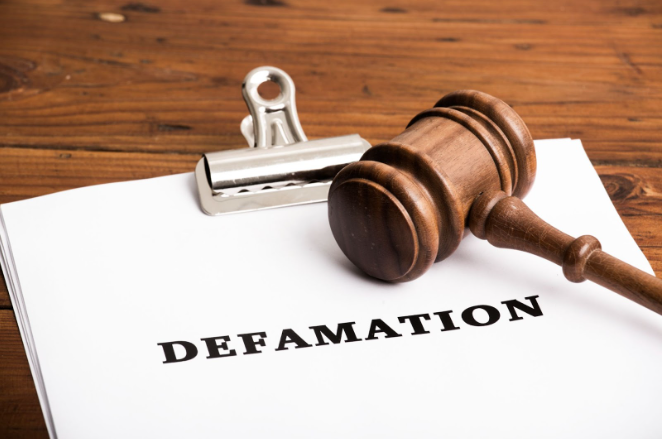In this digital age, where information spreads like wildfire, it is crucial to understand the danger of defamation and how it can affect your online reputation. Defamation refers to making false statements about someone that harm their character or reputation. It can be written, known as libel, or spoken, known as slander.

Defamation can wreak havoc on your online reputation. First and foremost, it erodes trust. When potential clients or employers stumble upon defamatory content, their confidence in you diminishes. Why would they want to associate with someone whose character has been accused? It becomes a red flag, casting doubts on your credibility.
Moreover, the detrimental impact on your personal life cannot be understated. Friends, family, and colleagues rely on the Internet as a source of information. When they encounter defamatory statements, they might question your moral compass or distance themselves from you based on these false claims. It's disheartening to witness relationships suffer due to the actions of those hiding behind keyboards.
Furthermore, the long-lasting repercussions of defamation and the need for reputation repair cannot be easily erased. Even if the false accusations are debunked, remnants may remain online, haunting your reputation for years. That is why addressing and correcting false information is crucial to restoring your image. Potential clients or employers might need to delve deeper to uncover the truth. Still, by actively engaging in reputation repair, you can ensure that false impressions are not forever etched in their minds. Defamation is a stark reminder of the importance of responsible online behavior and the need to take proactive steps to repair your reputation.
A cease and desist letter is a legal document sent to an individual or organization to demand that they immediately stop engaging in certain activities considered harmful or infringing upon someone's rights. It serves as a warning and an attempt to resolve a dispute without going to court.
These letters typically outline the specific actions being objected to, state the legal basis for why those actions are considered wrongful, and request that the recipient cease the activities within a specified time frame. They may also include a threat of legal action if the desired actions are not taken. Cease and desist letters can be used in various situations, such as to halt the spread of false information, to stop the unauthorized use of copyrighted material, or to address harassment or defamation. While they are not legally required, they can be a powerful tool for asserting one's rights and initiating communication to resolve conflicts before resorting to litigation.
Step-by-step process on how a cease and desist letter generally works:
To consider using a cease and desist letter to stop defamation, you should take the following situations into account:
Here are some key components that should be included in a cease and desist letter:
Remember, seeking legal advice when drafting a cease-and-desist letter is crucial to ensure that it meets all legal requirements and effectively communicates your concerns.
Protecting our online reputation is crucial in today's digital landscape. Defamation can be a damaging force, tarnishing our character and undermining trust. A well-crafted cease and desist letter can be a powerful tool to halt false allegations and protect our reputation. By understanding the key components of such a letter, we can proactively address defamation and preserve our integrity. Remember, seeking legal guidance is vital to ensure your cease and desist letter is precise, effective, and poised to safeguard your reputation. So, let's stand up against misinformation, fostering a digital world built on honesty, respect, and the power of our written words.